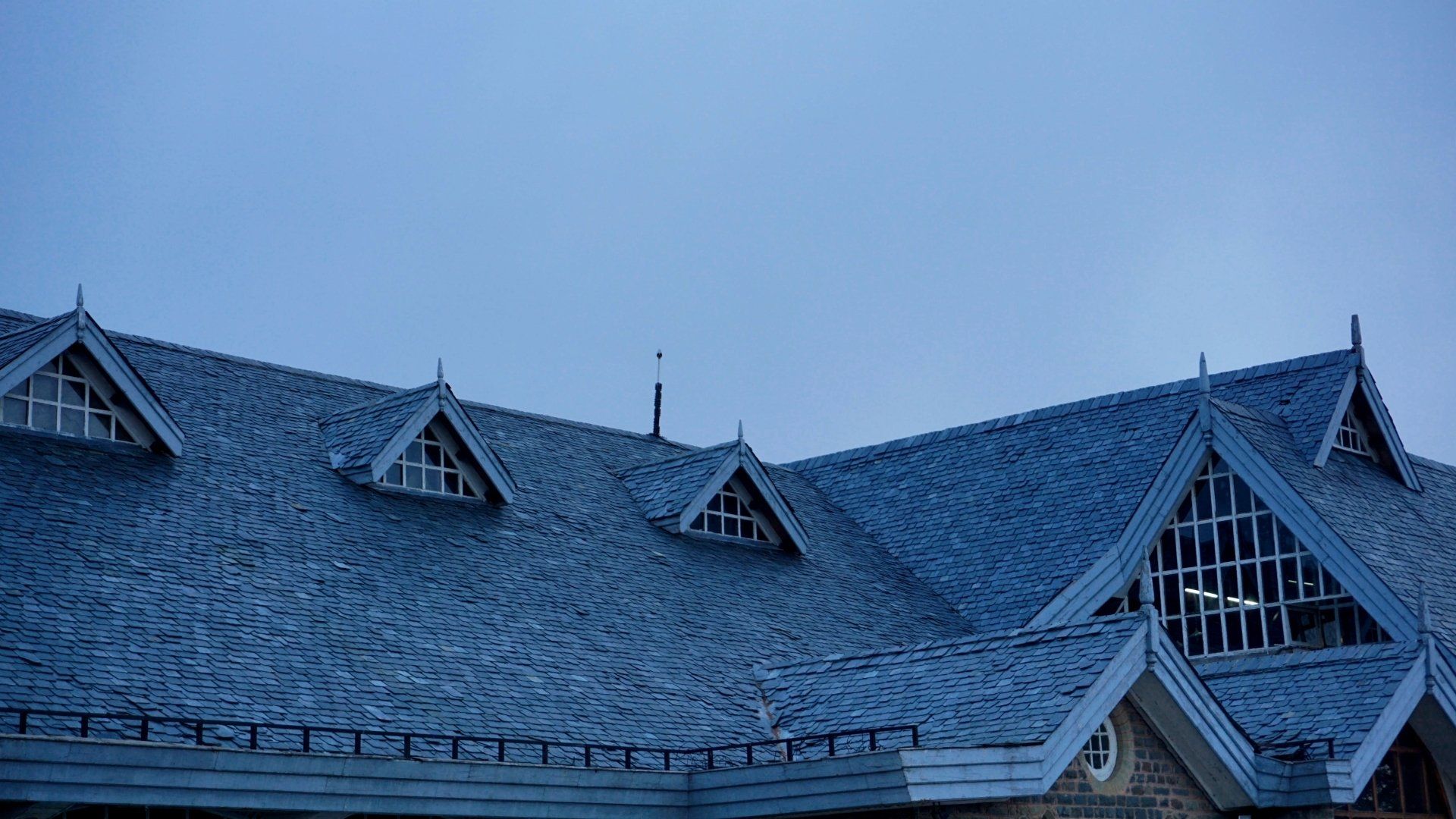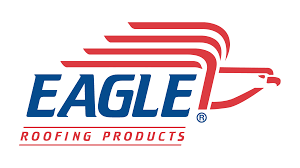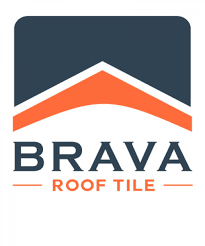Nations Roofing & Construction LLC
Call Or Text For A Free Estimate 813-485-4440
Roof Types: The Best Roofing Products for Your Commercial Building
Types of commercial roofing: low-slope or steep
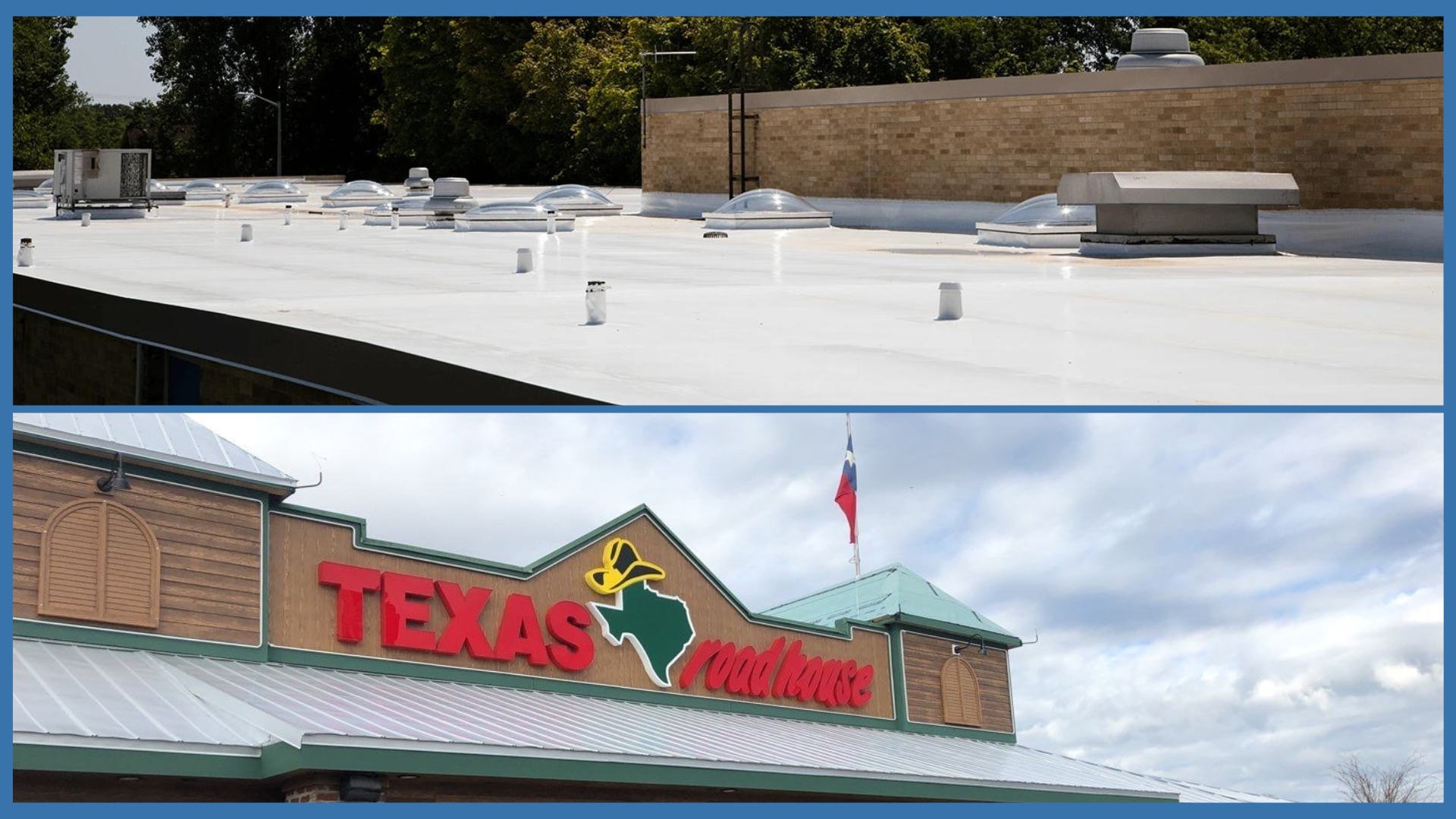
If you’re in the midst of a commercial building project, you’ll probably be wondering about what type of roof is better. Are flat roofs a better option for commercial buildings? Should you choose a steep slope roof instead? To help you understand the pros and cons of each, here’s everything you should know.
Roof pitch determines the material best for a commercial roofing project
The pitch of a roof is the angle (steepness) of the roof. In general, when building a commercial structure, you’ll have two large roof types depending on the pitch: low-slope or steep-slope.
Depending on the area, size of the building and overall design, one type of roof will be a better option. Here are the basics.
Low-slope roof: everything you need to know
Low-slope roofs are those where the pitch is below 2:12. In layman terms, this means that your roof is less than 2 vertical units (usually, inches) for every 12 horizontal units. Because of the very low pitch, sometimes people refer to these as “flat roofs”. In fact, low-slope roofs aren’t flat at all: any roof needs a slope to guarantee drainage.
Because the angle of the roof is small, low-slope roofs have a watertight membrane to keep the structure safe. This roof type cannot be covered in shingles, since they need an angle to allow water to drain properly.
Best for: Flat- or low-slope roofs are common in large buildings such as big box shops, schools, shopping centers and warehouses. The flatter surface makes maintenance and repair easier and faster than steep-slope roofs.
Types of low-slope roofs for commercial buildings
- TPO roofs: This roof membrane is made with a mix of rubber and plastic polymers, sealing your roof and fully waterproofing the entire surface. Because it usually handles light foot traffic well, it’s a great option for buildings that need constant access to the roof.
- PVC roofs: PVC is a single-ply plastic applied to low-slope roofs to create a waterproof barrier. It has a lower percentage of oil and petroleum than TPO or EPDM. PVC roofs are installed by welding the seams with heat, which allows for a bit of wiggle room during the expansion and contraction of the building.
- EPDM roofs: A favorite because of its low cost, EPDM is also made of polymer (AKA plastic). This material comes in very large sheets, which makes installation faster and less labor-intensive, without compromising effectiveness.
- Built up roofing (BUR) systems: A classic roofing solution for low-slope building, this roof type is made of multiple layers of ply sheets and asphalt. The multilayer system provides a high resistance to weather and light resistance to foot traffic.
- Modified Bitumen Roofing: This is a newer version of built-up roofing systems, and nowadays it’s one of the most used options for low-slope roofs. By combining asphalt with polymerized rubber/plastic, this creates a strong waterproof membrane that is lighter than the traditional BUR.
Steep-slope roofs
This roof type is more common in residential buildings. Any roof with a slope higher than 2:12 is considered steep-slope.
The steeper angle allows for water to easily slide down the building, but also makes maintenance a bit more invested since walking on the roof is more difficult.
In areas with harsh winters, steep-slope roofs allow for less snow and ice build-up, minimizing winter upkeep. On the flip side, this roof type isn’t very practical or cost-effective for larger commercial buildings.
Best for:
Smaller commercial buildings designed to replicate the look of residential homes. These include churches, restaurants, apartment buildings, and buildings repurposed for professional services.
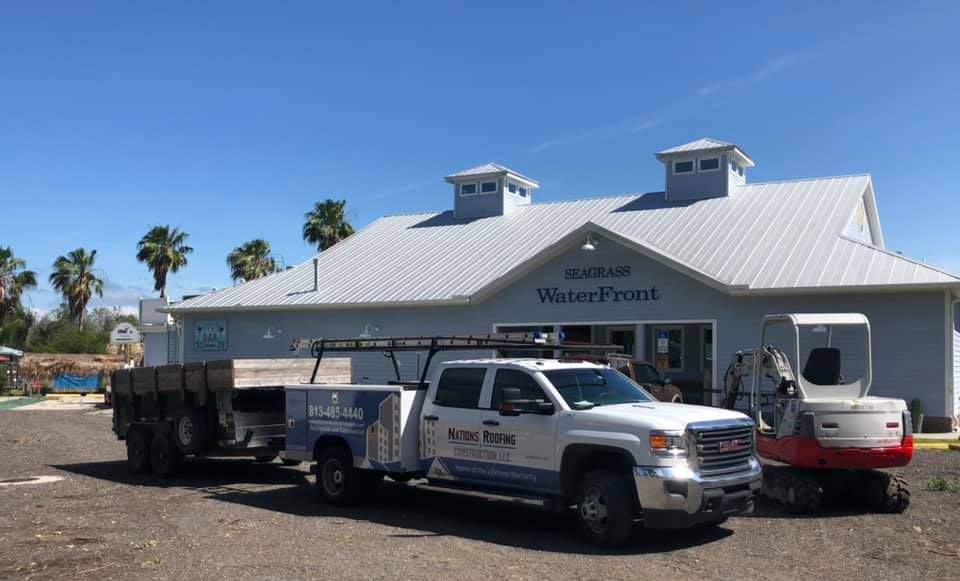
Types of steep-slope roofs for commercial buildings
- Asphalt shingles: The most affordable option, many steep-slope commercial buildings use asphalt shingles. Asphalt shingles are relatively easy to install and maintain. One of its best features is that it doesn’t require specialty equipment to be installed, so crews of any size can install it. On the flip side, they have a shorter lifespan than other options.
- Tile shingles: A classic and durable material, these give a traditional look to your commercial building. Modern tiles are made of composite materials, meaning they are more durable and offer more color choices than a few years ago. One of the key features of tile roofs is their sturdiness: they have a class A fire rating and are hail-resistant. With the right installation they can stand up to very harsh weather (including hurricanes).
- Metal: Although this is the most expensive option, metal roofs are a great option if you’re looking for ultimate durability. Unlike tile or asphalt shingle roofs, metal roofs have an estimated lifespan of 75 years, with minimal maintenance. They are also highly hurricane resistant and can be recycled.
How to choose the right commercial roofing contractor?
Now that you have a better idea of the options available, the next step is choosing the right commercial roofing contractor. Partnering with a good team will make the whole roofing process stress-free, and ensure the final product lasts for years and years.
If you’re wondering how to choose the right commercial roofing contractor, here are a few things to keep in mind:
- Ask for references: A good contractor will be in great terms with past clients, and they’ll be happy to give you a few references from other projects. It’s a great sign of the quality of the end result. If they have a past project near you, go check it out to see first hand how it turned out.
- Keep your search local: Every area has specific quirks and requirements that can only be learned through experience. Look for contractors that are based in your city or area: they’ll be aware of local regulations and best-practices to ensure your roof is in tip-top shape.
- Open communication: The ideal commercial roofing contractor will be happy to answer any questions before taking on the project. Whether you want a specific look, have doubts about the style of roof that fits your building best or would like a specific material, let them know. A good contractor will listen to your concerns and give an informed opinion adapted to your needs.
- Choose an experienced roofing contractor: When it comes to commercial roofing types, your best option is getting in touch with an expert team with experience in all roof types: they will be able to recommend the best option based on your location, building and needs.
In the end, what is best is to know the different roofing options available for your next commercial build. By consulting with an expert, experienced roofer who understands commercial roofing applications, you will ensure your project is a success.
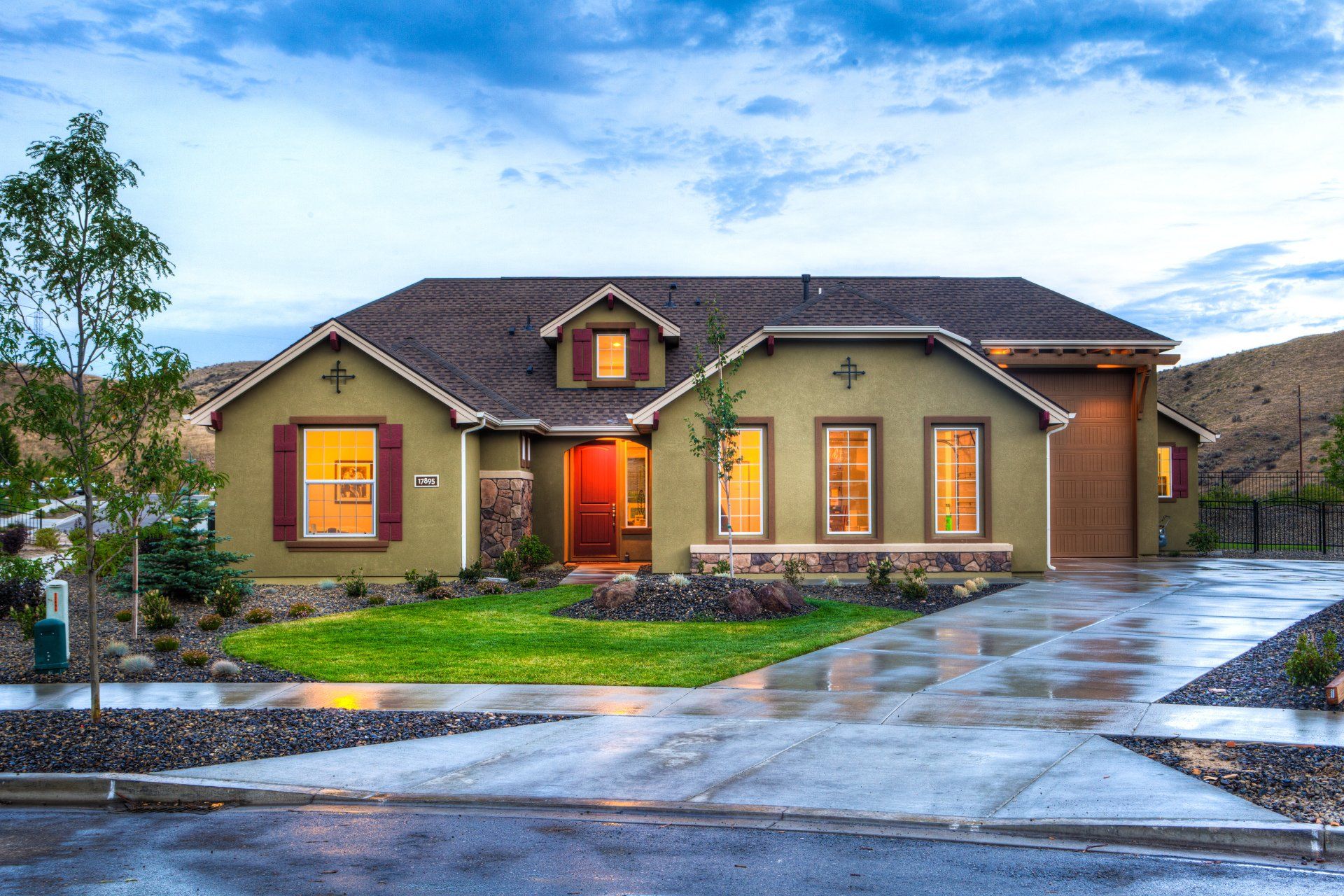

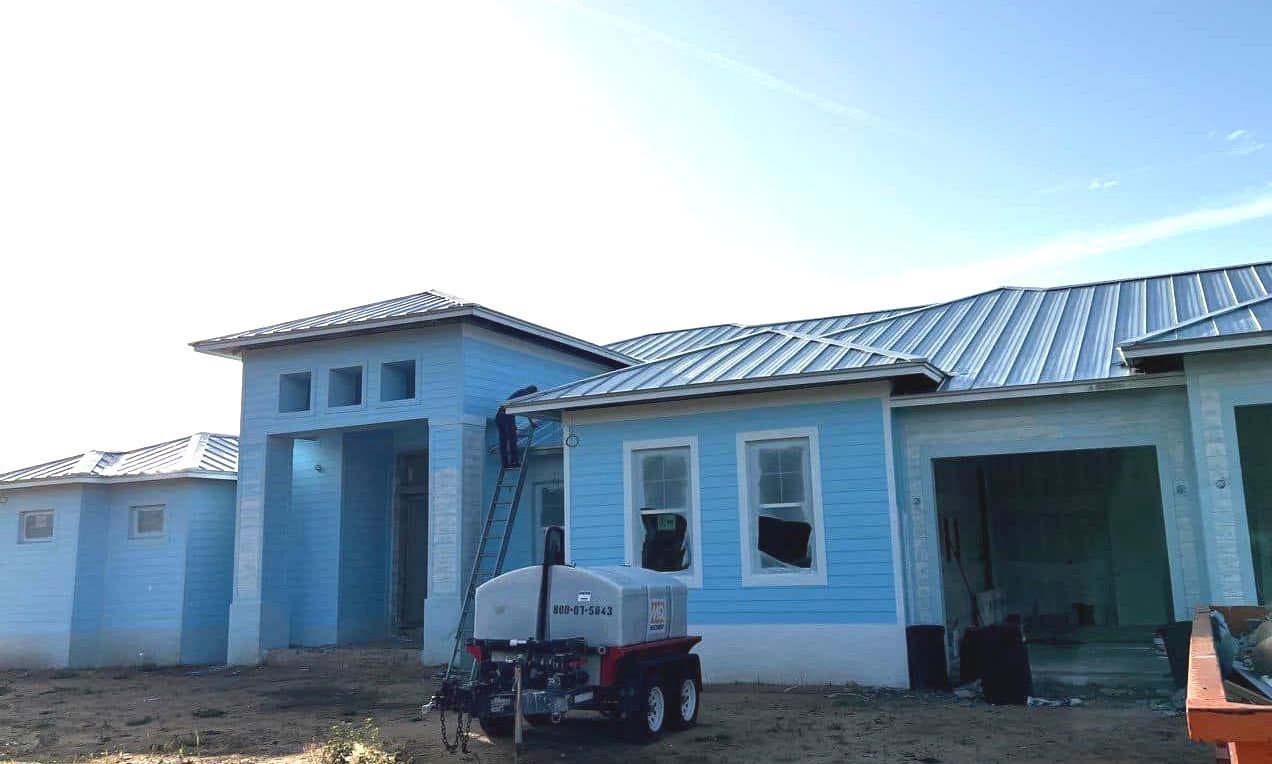
Quick Links
Contact Us For a Free Estimate
We will get back to you as soon as possible.
Please try again later.
Nations Roofing & Construction
Roofing License # CCC1332995
Contractor License # CRC1330325
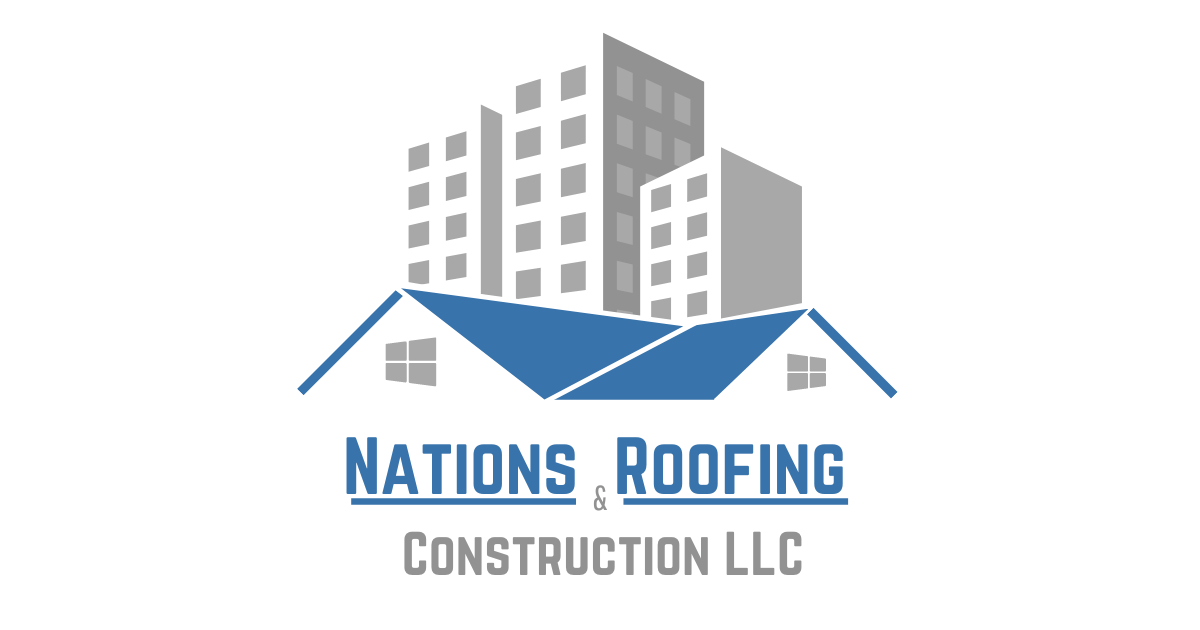
All Rights Reserved | Nations Roofing & Construction LLC
We are an independent, TriCounty Metals
Factory-Trained Installer. We offer the TCM homeownersEDGE Financing Program.

